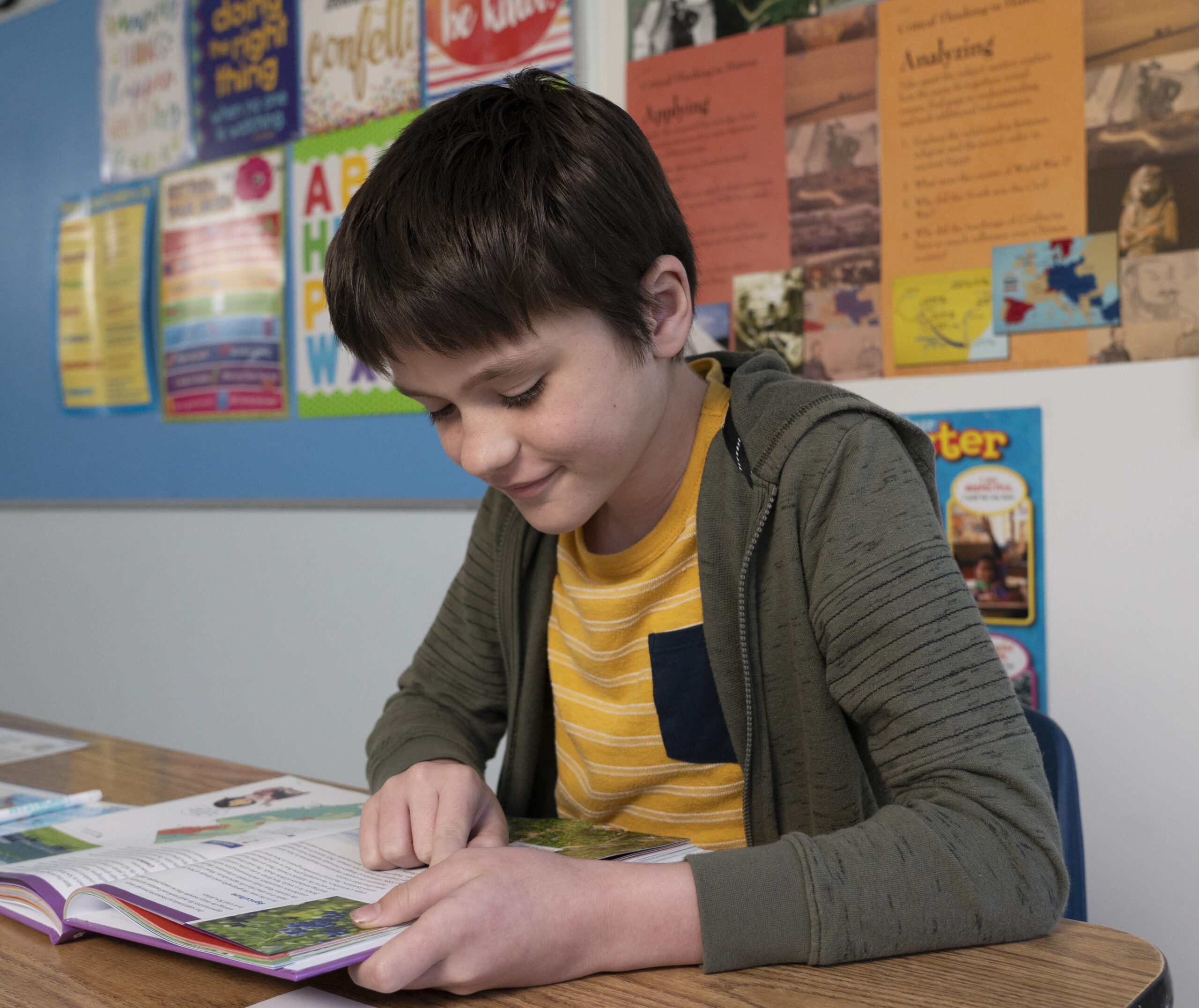
The history of reading is a fascinating journey that intertwines with human civilization’s evolution and the development of language, communication, and cognition. Reading, essentially the ability to decode written symbols to extract meaning, has undergone a profound transformation through the ages.
The History of Reading
Reading, the process of interpreting written symbols to extract meaning, has a rich and complex history deeply entwined with the evolution of human civilization and language.
Early Stages of Written Communication
The origins of reading can be traced back to ancient civilizations where early forms of writing emerged. Around 3500 BCE, Mesopotamia saw the development of cuneiform, an early writing system primarily used for administrative purposes. Similarly, ancient Egypt had hieroglyphs, a pictorial writing system. However, these early scripts were more visual, relying on symbols and pictures to relay a message, rather than phonetics.
Evolution of Writing Systems
One of the most significant advancements in the history of reading was the transition from pictograms to alphabetic systems. Phoenician traders introduced one of the first alphabets around 1000 BCE, consisting of symbols representing sounds. This breakthrough significantly enhanced the ease of learning and teaching written language.
Spread and Standardization
The advent of the printing press in the 15th century by Johannes Gutenberg revolutionized reading. This invention facilitated the mass production of books, making written material more accessible. It standardized language and significantly contributed to increased literacy rates across Europe which eventually translated to the rest of the world.

The Science of Reading
Understanding how reading works involves exploring cognitive science, linguistics, and neuroscience to decipher the intricate processes occurring in the brain when individuals read.
Cognitive Milestones in Reading Development
Children progress through various stages when learning to read. It typically begins with recognizing letters and associating them with sounds, known as phonemic awareness. This progresses to understanding phonics, the relationship between sounds and letters, enabling them to read words. The brain’s ability to reorganize and adapt, known as neuroplasticity, plays a significant role in reading. Engaging in continuous reading and literacy activities can rewire the brain’s neural pathways, influencing cognitive functions and potentially staving off cognitive decline.
Reading Acquisition Approaches
Educational approaches to reading acquisition have evolved over time. The ‘Whole Language’ approach emphasizes comprehension and context, while ‘Phonics’ focuses on decoding words through sound-letter relationships. Integrating both methods has become a common approach in literacy education.
Reading Disorders and Challenges
Dyslexia, a neurological condition, affects phonological awareness and reading fluency. It is characterized by difficulties in decoding words, often due to challenges in phonological and auditory processing. However, early interventions and specialized teaching methods can significantly support individuals with dyslexia.
Technological Impact on Reading
The digital age has transformed reading habits. E-books, audiobooks, and online resources have made content more accessible and personalized. However, concerns about attention span and deep reading in the digital era have been raised.

Future Directions in Reading
Advancements in neuroscience, artificial intelligence, and personalized learning are shaping the future of reading.
Optimizing Learning and Interventions
Understanding individual learning profiles can optimize teaching methods, enhancing literacy rates and fostering a lifelong love for reading. Personalized interventions based on cognitive and neurological assessments can aid those with reading difficulties.
Technological Advancements
Emerging technologies like AI-driven tutoring systems, adaptive learning platforms, and immersive reading experiences hold promise in revolutionizing how reading is taught and experienced.
Social and Cultural Impact
Reading not only impacts cognitive development but also shapes cultural and societal norms. Promoting literacy and a love of reading can have profound implications for societal progress and individual fulfillment.
To this day, reading still stands as a foundational skill critical to human knowledge and progress. Its history illustrates a journey from symbolic representation to a complex cognitive process. As neuroscience continues to unravel the mysteries of reading, the future holds exciting possibilities for further enhancing this fundamental skill that shapes our understanding of the world.
Incorporate literacy activities into your social studies curriculum
Try a free 30-day trial of Active Classroom today
Monet Hendricks is the blog editor and social media/meme connoisseur for Social Studies School Service. Passionate about the field of education, she earned her BA from the University of Southern California before deciding to go back to get her Master’s degree in Educational Psychology. She attended the graduate program at Azusa Pacific University pursuing her post-grad Educational Specialist degree in School Psychology and Applied Behavior Analysis and currently works as a School Psychologist in Los Angeles, CA. Her favorite activities include traveling, watching documentaries on mental health, and cooking adventurous vegetarian recipes with her husband.
